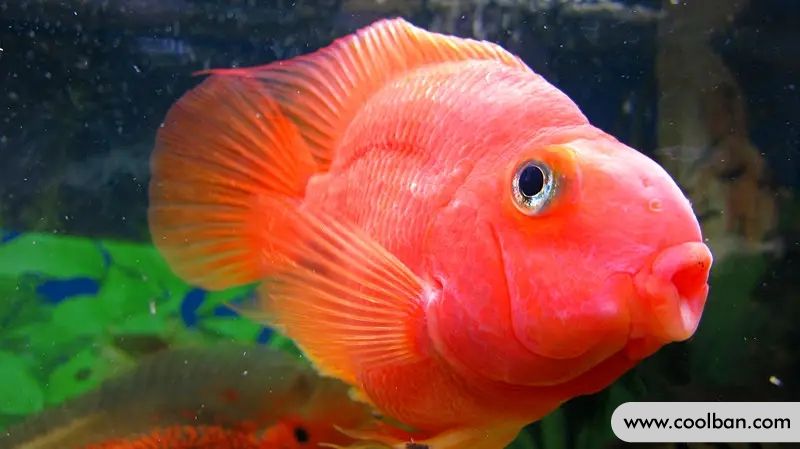How to Raise Parrot Fish
The parrot fish is a household name for ornamental fish, so named for its brightly colored, parrot-like beak. There is also a freshwater ornamental fish, bred by crossing the male red manta ray of the American cichlid with the purple fire mouth. It is also known as the blood parrot because of its bright red body.
Appearance characteristics of parrot fish
The parrot fish is named for its parrot-like beak. Adult parrot fish can grow up to 1.2 meters in length and weigh up to 20 kilograms. Parrot fish are tropical fish that live in coral reefs in the wild, so you need to pay attention to the water temperature when raising them.
Parrot fish, because the color is as gorgeous as the parrot, the body color is different. There are large differences between males and females and between adults and juveniles within the same species. The parrot fish in the Indian Ocean and the Pacific are mainly long 46 cm (18 in) striped parrotfish. Males are green-orange or green-red, and females are blue and yellow. The Atlantic Ocean mainly consists of about 50 cm long (50 inches), males are blue with green, red, and orange, while females are red or purple with white stripes.

Parrot fish breeding environment
The most common problem with raising parrot fish is that the parrot fish starts to turn white, and the original bright body color becomes lighter and lighter. In fact, this has a lot to do with the water quality of the parrot fish and the feed they feed. So how should raising parrot fish prepare a suitable water environment for them?
Parrot fish prefer soft water that is slightly acidic and less hard. Parrot fish is highly adaptable to temperature and can live freely in water temperatures of 20-30°C. However, parrot fish are very sensitive to temperature. In the case of low water temperature and drastic changes in water temperature, it is easy to produce a stress response, resulting in dull body color, loss of gorgeous luster, and even black stripes or spots. During the feeding process, it is best to keep the water temperature within the range of 25-28 °C, and the water temperature difference before and after each water change does not exceed 0.5 °C.

Due to the innate inability of the parrot fish to close its mouth, the ability to control the water flow is poor, the water flow through the gills is small, and the oxygen exchange between the water flow and the gills is poor, much worse than its parents and other fish. Therefore, the water in which the parrot fish is raised must have sufficient oxygen.
Parrot fish can knit pajamas by themselves. Weaving pajamas is like silkworm cocoons. They spit white silk from their mouths, and with the help of their pelvic and caudal fins, they weave a complete outline in an hour or two. This is the parrot fish. Pajamas, sometimes parrot fish pajamas are woven so hard that when you wake up in the morning, your mouth will not close, and you will be suffocated to death.

Points of feeding parrot fish
When feeding parrot fish, it is very important to add color pellets, which can effectively prevent the problem of parrot fish fading. Of course, some parrot fish are timid and won't eat, which needs to be adjusted slowly.
During the feeding process of parrot fish, be careful not to feed small river fish. The color of small river fish may inspire their atavistic genes. As long as the small river fish are fed, the color of the parrot fish will definitely become lighter. The blood-red parrot fish fed the small fish, but couldn't bear it, because the parrot fish was greedy and didn't know how hungry it was. Small river fish are not good for gills, parrot fish gills are very fragile, and small river fish are easy to bring in germs. Mix the parrot fish with the big fish and they will also compete for the small fish, but every time they eat the small fish, something will go wrong. Not to mention loach, all fish can't stand it, it is difficult to digest, and the possibility of pollution is greater.
